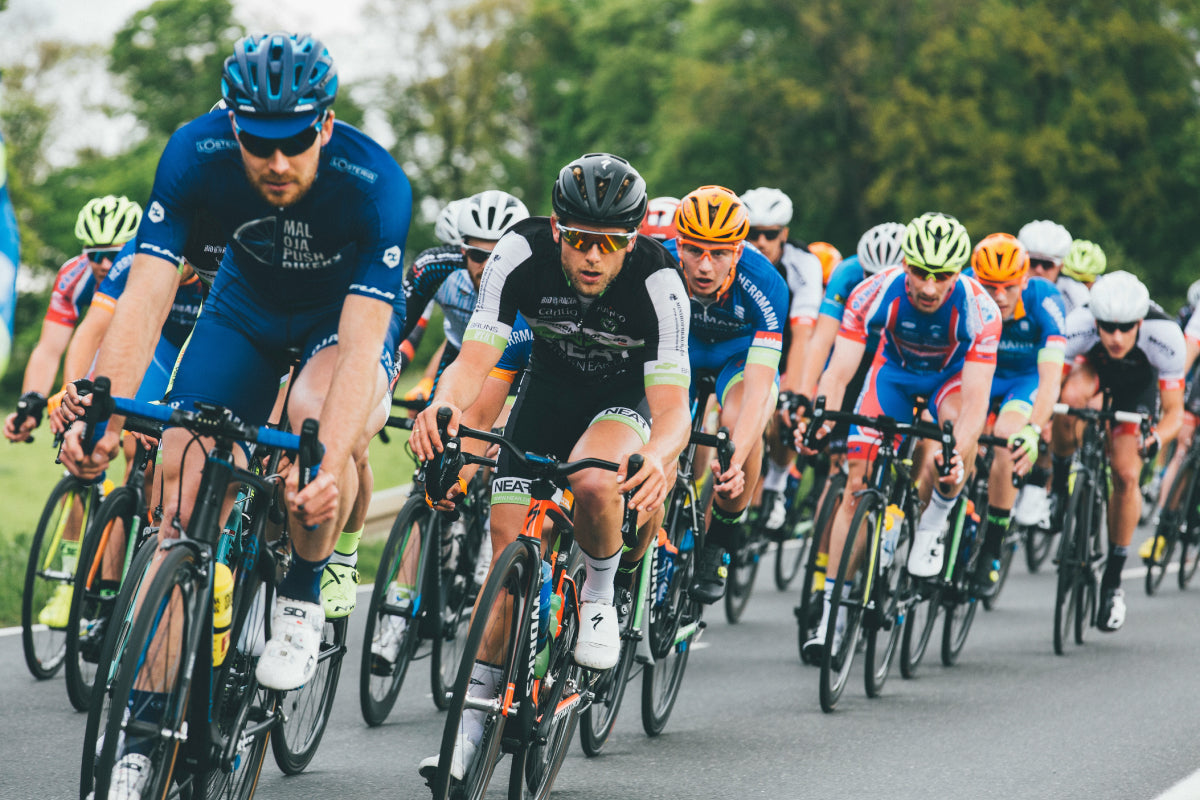Cyclists are always looking for ways to push their limits and gain a competitive edge. Recent research highlights the significant role of thermal stress and thermoregulation in enhancing performance. A new study titled "Effects of HIIT in Cool and Hot on Temperate Performance and Physiological Response in Trained Cyclists," written by Boynton, Peiffer and Abbiss, explores how training in hot versus cool conditions affects performance, revealing insights into how the body adapts to temperature stress.
One of the key takeaways? Managing thermal load effectively can improve endurance and overall performance. And, with tools like Mij, cyclists can track and optimize their heat adaptation, ensuring smarter, more effective training.
Understanding Thermal Stress and Thermoregulation
Thermal Stress occurs when the body is exposed to extreme temperatures, especially heat, pushing the limits of its cooling mechanisms. Thermoregulation is how the body maintains a stable internal temperature, using processes like sweating and increased blood flow to dissipate heat.
During high-intensity exercise - especially in warm conditions - the body heats up rapidly. If it can’t cool down efficiently, performance declines due to dehydration, cardiovascular strain, and premature fatigue. Training in heat can help the body become better at regulating temperature, but measuring and managing that load is critical to avoid overheating and maximize benefits. That’s where Mij can come in to help.
The Study: HIIT in Hot vs. Cool Conditions
Researchers examined how four weeks of HIIT training in hot vs. cool environments impacted cyclists' performance in a temperate climate. Their goal was to determine if heat training offers an advantage for real-world racing and endurance.
Key Findings
-
Performance Gains
Both groups - those training in hot and cool conditions - improved their 20-kilometer time trial performance in temperate conditions. However, the heat-trained group did not show significantly greater performance gains than the cool-trained group. -
Physiological Adaptations to Heat
The heat-trained cyclists sweated more efficiently and developed a better cooling response. This suggests heat training leads to unique bodily adaptations that could be useful for cyclists racing in warm climates. -
Cardiovascular & Thermoregulation Benefits
Training in heat improved cardiovascular efficiency and thermoregulatory adaptations, making it easier for cyclists to handle thermal stress.
How Mij Helps Cyclists Train Smarter in Heat
Training in hot conditions can be beneficial, but monitoring and managing thermal load is key to preventing overheating and maximizing adaptation. This is where Mij, a real-time biometric system, becomes a game-changer.
Mij Tracks and Optimizes Thermal Load
- Monitors core temperature trends: Get real-time insights into how heat is affecting your body during training.
- Detects early signs of overheating: Avoid hitting dangerous thresholds that lead to exhaustion or heat-related illness.
- Personalizes heat adaptation strategies: See how your body is adjusting and fine-tune training for better efficiency.
- Tracks hydration and recovery needs: Ensure you’re fueling and cooling properly for sustained performance.
By using Mij to track thermal stress and adaptation, cyclists can train more effectively - getting the benefits of heat training without unnecessary risk.
Practical Takeaways for Cyclists
- Heat Training Can Improve Your Body’s Cooling Efficiency: If you train in hot conditions, you’ll sweat more efficiently and reduce cardiovascular strain over time.
- Measuring Thermal Load is Essential: Unmanaged heat stress can lead to overtraining, exhaustion, and poor recovery. Using Mij allows you to track and optimize your body's response.
- Heat Adaptation Takes Time - Train Smart: Start with short sessions in the heat and gradually increase duration while monitoring your core temp with Mij.
- Hydration and Recovery Are Critical: Heat stress increases fluid loss. Use Mij to monitor your impact to the body so you create appropriate re-hydrating strategies.
Smarter Heat Training for Performance Gains
Heat training is a powerful tool for cyclists and those pursuing different sports, but it’s not just about suffering in the heat - it’s about training smart. While the study shows that heat training may not dramatically improve performance in temperate conditions, it does create physiological adaptations that improve endurance and efficiency in warm environments.
By integrating Mij into heat training, athletes can optimize their thermal load, track real-time responses, and train smarter, not harder - ensuring they adapt effectively without risking overheating or burnout.
The future of endurance training isn’t just about pushing harder, it’s about training with precision. Mij is here to make that possible.

